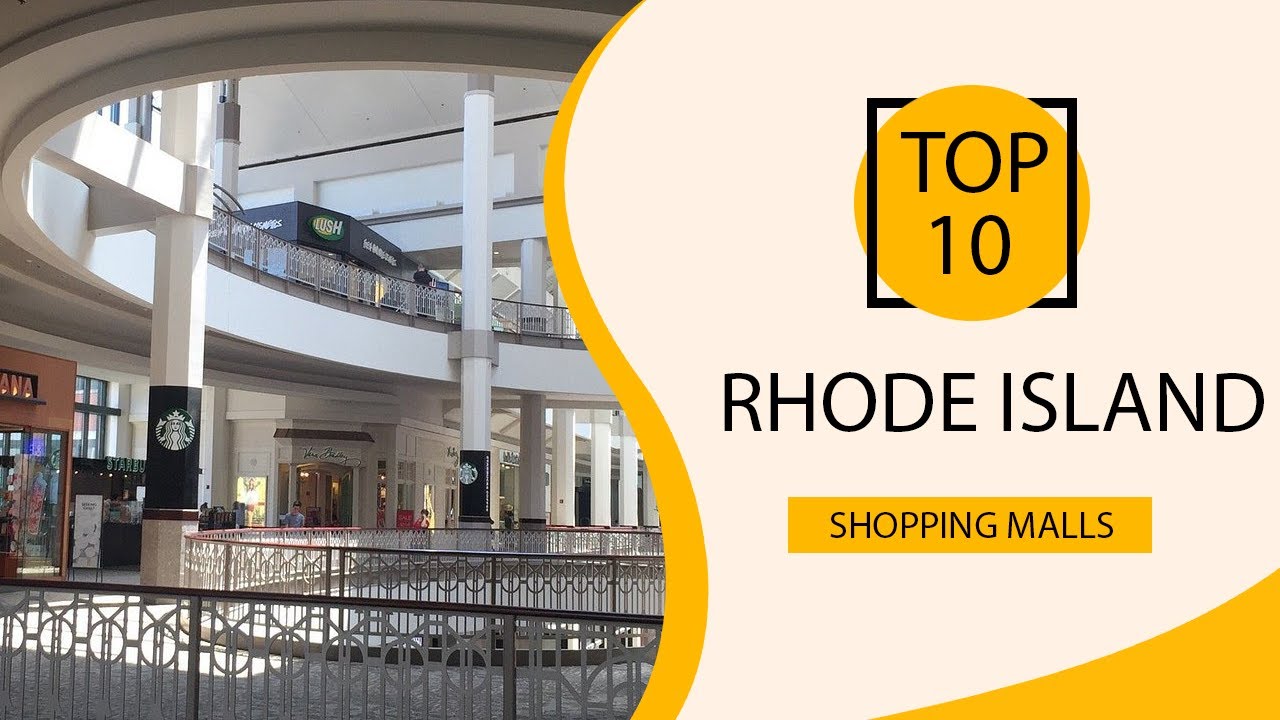Introduction to Rhode Island malls
Rhode Island, the smallest state in the United States, boasts a vibrant retail landscape that includes a diverse array of shopping destinations. Malls, in particular, play a significant role in providing residents and tourists alike with a convenient and comprehensive shopping experience. In this article, we will explore the total number of malls located in Rhode Island, analyze their historical growth and decline, and discuss the impacts they have on the state’s economy and community.
Understanding the significance of malls in Rhode Island
Malls in Rhode Island hold a special place in the hearts of both residents and visitors. These shopping centers offer a one-stop destination for a wide range of retail outlets, eateries, entertainment venues, and services. They serve as a social hub, allowing people to shop, dine, and spend quality time with friends and family under one roof. Malls also contribute to the state’s economy by providing employment opportunities and generating tax revenue.
Exploring the retail landscape of Rhode Island
Rhode Island features a diverse retail landscape, with malls being a key component. In addition to malls, the state is home to various other shopping options, including standalone stores, boutiques, and specialty markets. While these alternatives cater to specific needs, malls offer a unique advantage by offering a comprehensive shopping experience with a greater variety of options all in one place.
Factors influencing the number of malls in Rhode Island
Several factors influence the number of malls in Rhode Island. Population density is a crucial determinant, as areas with larger populations typically have a higher demand for retail spaces. Economic conditions also play a significant role; a robust economy with higher disposable incomes can support a larger number of malls. Additionally, factors such as transportation infrastructure, available land, and competition from online retailers impact the viability and establishment of malls in the state.
The criteria used to define a mall in Rhode Island
To understand the total number of malls in Rhode Island, it is essential to define what constitutes a mall. Generally, malls are large indoor or outdoor complexes that house a variety of retail stores, restaurants, and entertainment establishments. They often have shared parking spaces and other common areas. It is important to differentiate malls from smaller shopping centers or plazas that may have a more limited selection of stores or services.
Historical overview of malls in Rhode Island
The history of malls in Rhode Island can be traced back to the mid-20th century when the concept of enclosed shopping centers gained popularity. The first mall in the state, the Rhode Island Mall, opened its doors in 1967 in Warwick. Over the years, additional malls emerged throughout the state, catering to the growing demand for a convenient and all-encompassing shopping experience.
Current statistics on the number of malls in Rhode Island
As of [current year], Rhode Island is home to [number] malls. These malls vary in size and location, offering a diverse range of retail options to the state’s residents and visitors. Some of the notable malls in Rhode Island include the Providence Place Mall in Providence, the Warwick Mall in Warwick, and the Garden City Center in Cranston.
Analyzing the growth and decline of malls in Rhode Island
The growth of malls in Rhode Island has followed a pattern similar to that of other states. In the 1970s and 1980s, there was a significant surge in mall construction, reflecting the national trend. However, in recent years, the retail industry has faced challenges due to the rise of e-commerce and changing consumer preferences. This has led to the closure of some malls and a shift towards repurposing existing spaces to adapt to the evolving retail landscape.
Regional distribution of malls within Rhode Island
Malls in Rhode Island are spread throughout the state, catering to different regions and communities. The capital city of Providence hosts several major malls, including the Providence Place Mall and the Shops at Chapel View. Other cities such as Warwick, Cranston, and Newport also boast well-established malls, contributing to the economic vibrancy of their respective areas.
Comparing Rhode Island’s mall count with neighboring states
When comparing the number of malls in Rhode Island with neighboring states, the small size of the state becomes evident. While Rhode Island has a respectable number of malls considering its size, it may not match the count of larger neighboring states like Massachusetts or Connecticut. However, the concentration of malls within Rhode Island ensures that residents have easy access to a variety of shopping options within a short distance.
Impacts of malls on Rhode Island’s economy and community
Malls have a considerable impact on Rhode Island’s economy and community. They provide employment opportunities for local residents, ranging from retail positions to management roles. Additionally, malls generate tax revenue for the state, contributing to public services and infrastructure development. On a community level, malls serve as gathering places for social interactions and events, fostering a sense of community and contributing to the overall quality of life.
Future prospects and challenges for malls in Rhode Island
While malls in Rhode Island continue to be relevant and serve as vital shopping destinations, they face challenges in an increasingly digital age. The rise of online shopping and changing consumer preferences necessitate that malls adapt to incorporate experiential elements, such as entertainment and dining options, to remain competitive. Malls that successfully reinvent themselves and create unique experiences for shoppers are likely to thrive in the future, while those that fail to adapt may face further challenges. Ultimately, the future prospects for malls in Rhode Island will depend on their ability to innovate and offer an experience that goes beyond traditional brick-and-mortar retail.





